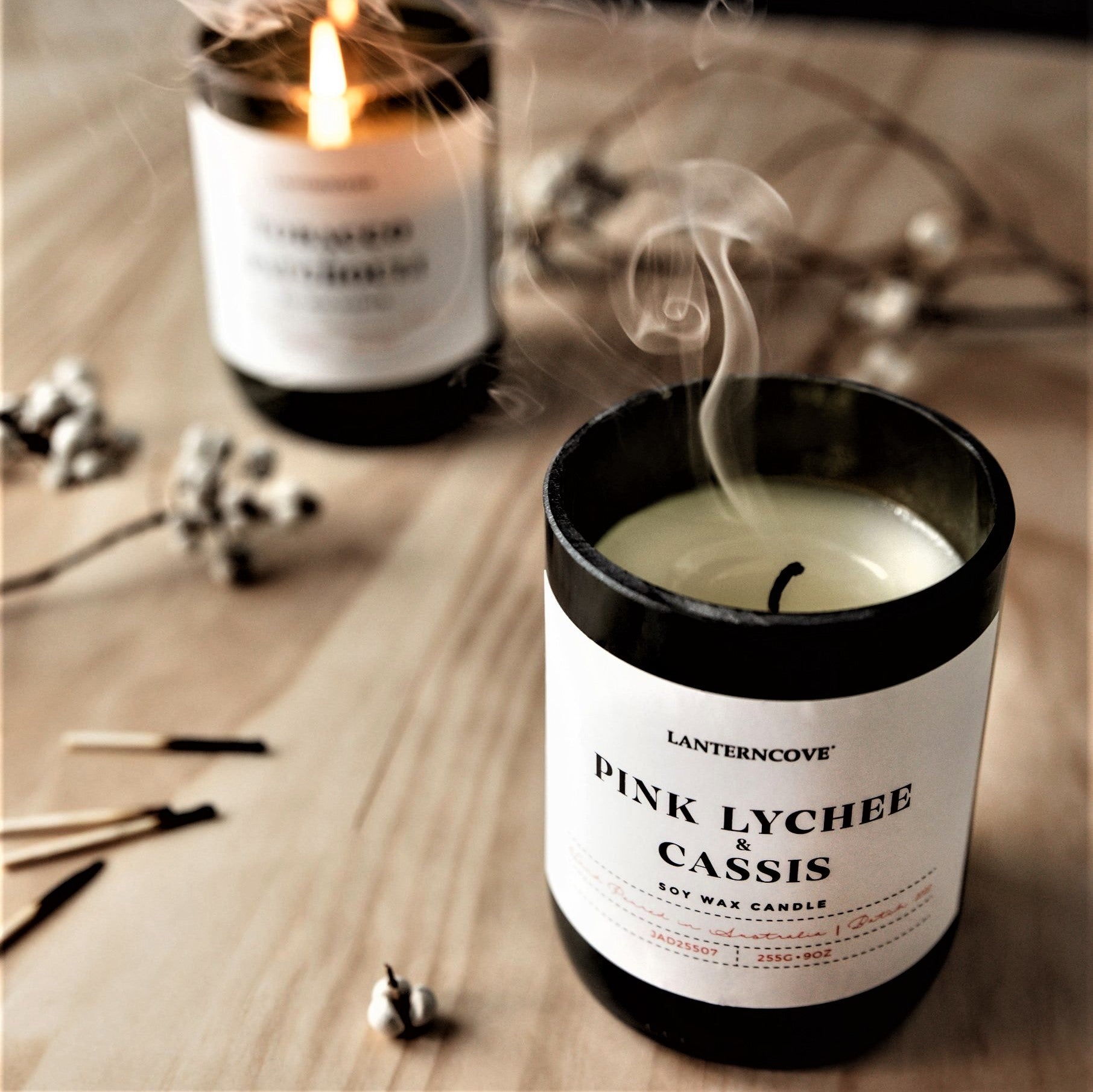Infuse Your Home with the Fragrance of Crystal Soy Candles and Home Fragrance
Infuse Your Home with the Fragrance of Crystal Soy Candles and Home Fragrance
Blog Article
From Wick to Wax: Understanding the Chemistry Behind Soy Wax Candles and Their Ecological Impact
As we brighten our areas with the warm radiance of candles, there lies a realm of detailed chemistry behind the relatively easy act of lighting a soy wax candle. Join us as we untangle the clinical details behind soy wax candle lights and explore their implications on our setting.
Soy Wax Vs. Paraffin Wax
When contrasting soy wax and paraffin wax for candle light making, it is vital to comprehend the distinct characteristics and benefits of each material. Soy wax is a natural, sustainable resource derived from soybean oil, making it naturally degradable and eco-friendly - soy wax candles. In contrast, paraffin wax is a by-product of oil refining, which elevates worries about its ecological influence and sustainability
Soy wax candle lights burn cleaner and produce much less soot compared to paraffin wax candles, making them a much healthier selection for indoor air top quality. Furthermore, soy wax has a lower melting point, permitting a longer-lasting candle light that spreads scent extra efficiently. Paraffin wax, on the other hand, tends to melt faster and less cleanly, possibly releasing hazardous chemicals right into the air.
From a sustainability point of view, soy wax is favored for its biodegradability and sustainable sourcing, lining up with the growing customer preference for environmentally conscious products. While paraffin wax has actually been a traditional choice in candle light making as a result of its affordability and convenience of usage, the shift in the direction of environmentally friendly alternatives like soy wax is obtaining energy in the sector.
Chemical Structure of Soy Wax

Burning Process in Soy Candles
The chemical make-up of soy wax straight influences the burning procedure in soy candles, influencing variables such as burn time, aroma release, and environmental influence. When a soy candle light is lit, the warm from the fire thaws the wax near the wick.
The combustion effectiveness of soy candle lights is affected by the pureness of the soy wax and the high quality of the wick. A find out here clean-burning soy candle with an appropriately sized wick will certainly decrease and produce a constant fire soot formation. This not just expands the melt time of the candle light but also boosts the release of fragrances. In addition, soy wax candle lights have a lower environmental influence contrasted to paraffin candles because of their eco-friendly and biodegradable nature.

Environmental Advantages of Soy Wax

Taken into consideration a sustainable choice to traditional paraffin wax, soy wax supplies notable ecological benefits image source that make it a prominent option amongst eco-conscious customers. One significant advantage of soy wax is its eco-friendly sourcing. Soy wax is obtained from soybean oil, which is primarily grown in the United States. The farming of soybeans helps sustain local farmers and reduces the dependence on non-renewable fossil fuels made use of in paraffin wax manufacturing. Furthermore, soy wax is eco-friendly, suggesting it breaks down naturally without launching harmful toxins into the environment. This particular makes soy wax candle lights an extra environmentally pleasant choice contrasted to paraffin wax candle lights, which are made from oil, a non-renewable source. Furthermore, soy wax burns cleaner and produces less residue than paraffin wax, adding to much better interior air top quality and reducing the demand for cleansing and maintenance. In general, the ecological advantages of soy wax align with the expanding demand for lasting and environmentally friendly products on the market.
Recycling and Disposal Considerations
Recycling and correct disposal of soy wax candle lights play a vital role in keeping ecological sustainability and reducing waste in families and communities. The very first step is to guarantee that the candle has actually burned entirely when it comes to reusing soy wax candles. This can be attained by enabling the candle light to burn until the wick is no more usable, and afterwards allowing the remaining wax cool and solidify. When the wax has actually strengthened, it can be thoroughly removed from the container.

In regards to disposal, if recycling is not an option, soy wax candle lights are biodegradable and can be safely taken care of in the majority of family waste systems. Nonetheless, it is constantly suggested to consult regional reusing centers or waste management solutions for details standards on candle disposal to ensure proper handling and environmental management.
Conclusion
In final thought, the chemistry behind soy wax candle lights discloses their ecological advantages over paraffin wax candles. Soy wax, derived from soybean oil, burns cleaner and produces less residue when compared to paraffin wax.
When contrasting soy wax and paraffin wax for candle light production, it is necessary to understand the distinct characteristics and benefits of each product (soy candles).Soy wax candle lights burn cleaner and discharge much less soot compared to paraffin wax candle lights, making them a much healthier selection for interior air high quality.Thought about a lasting alternative to conventional paraffin wax, soy wax uses significant environmental advantages that make it a preferred option amongst eco-conscious customers. Soy wax burns cleaner and generates less soot than paraffin wax, adding to better indoor air top quality and reducing the demand for cleaning and upkeep.In final thought, the chemistry behind soy wax candle lights discloses their environmental advantages over paraffin wax candle lights
Report this page